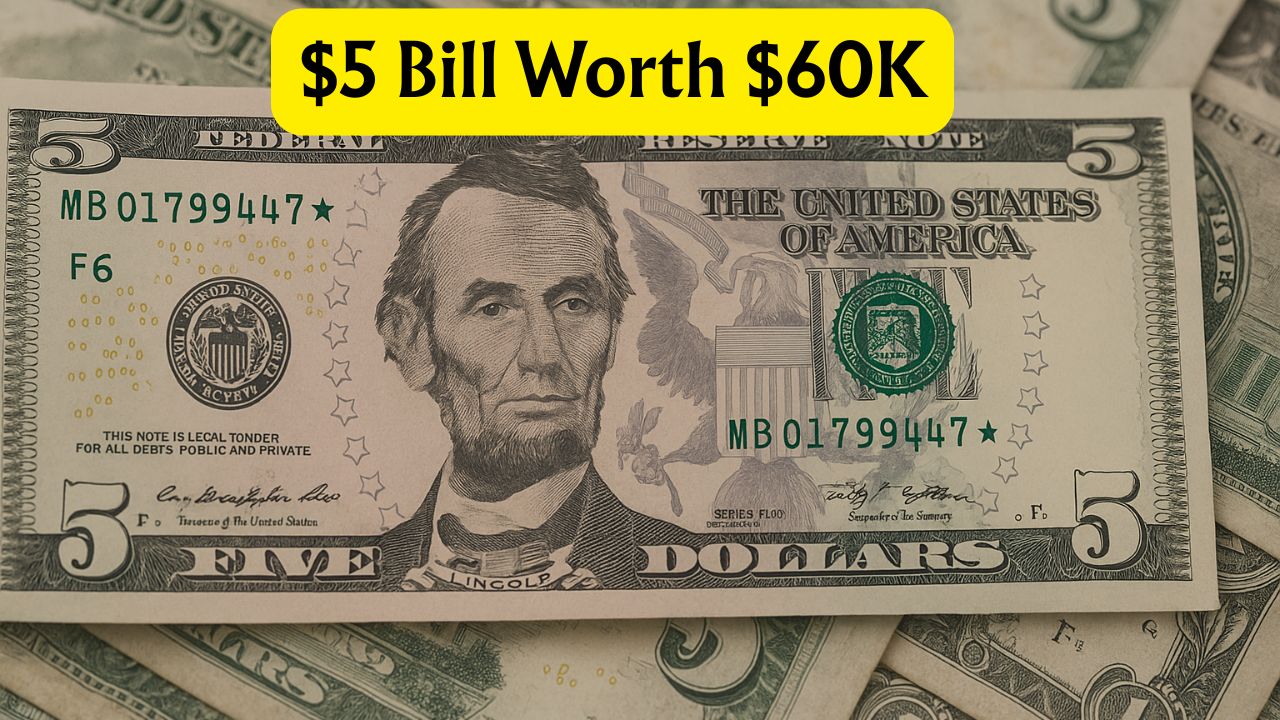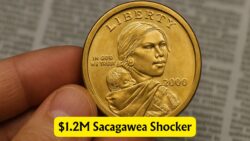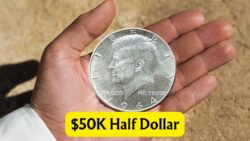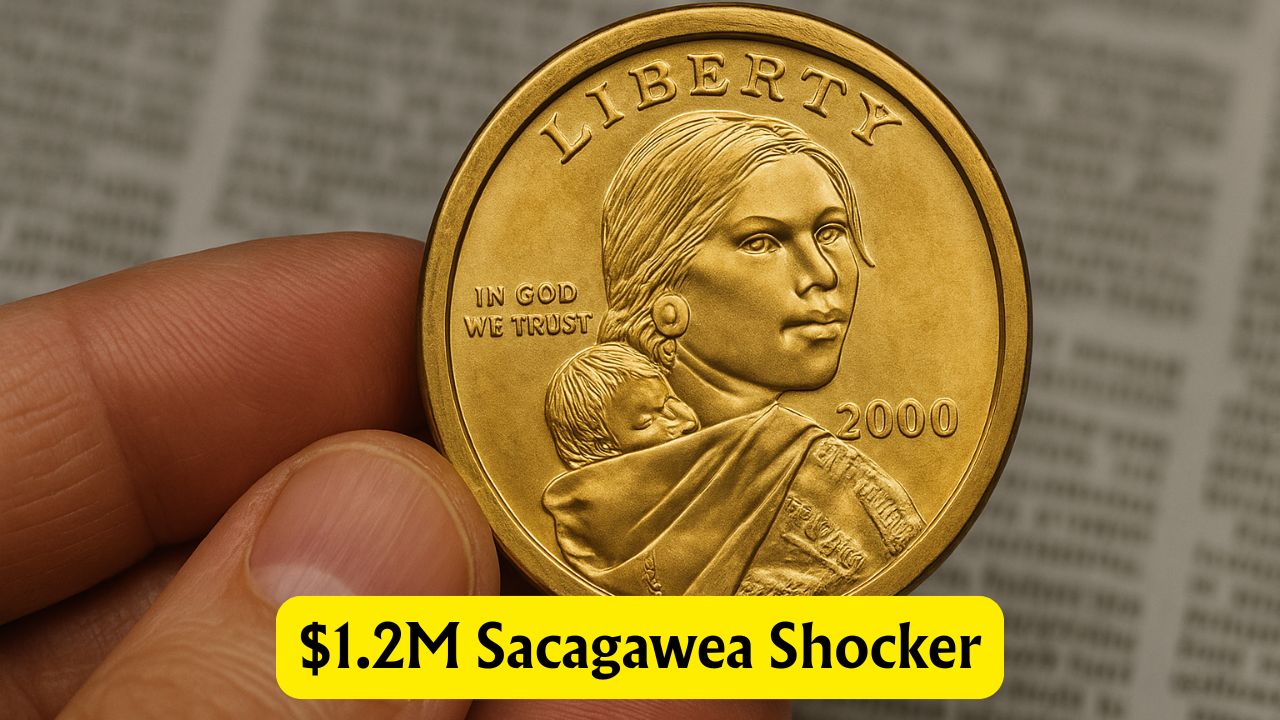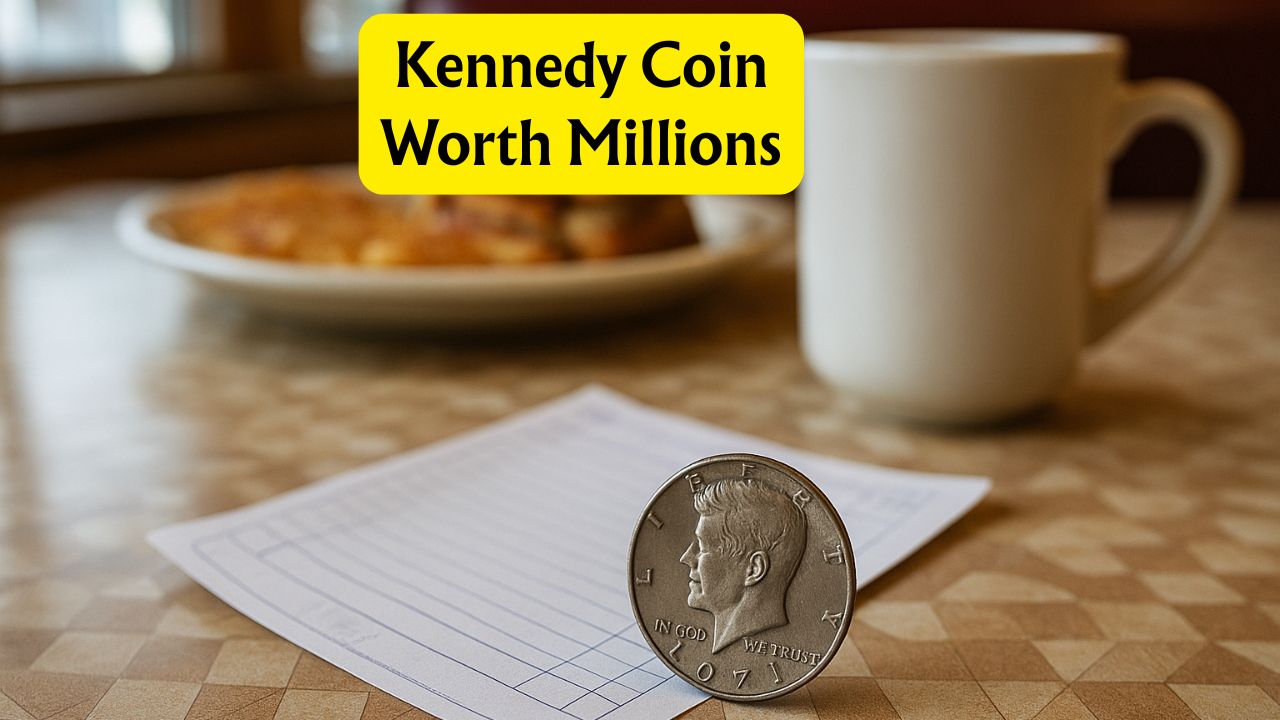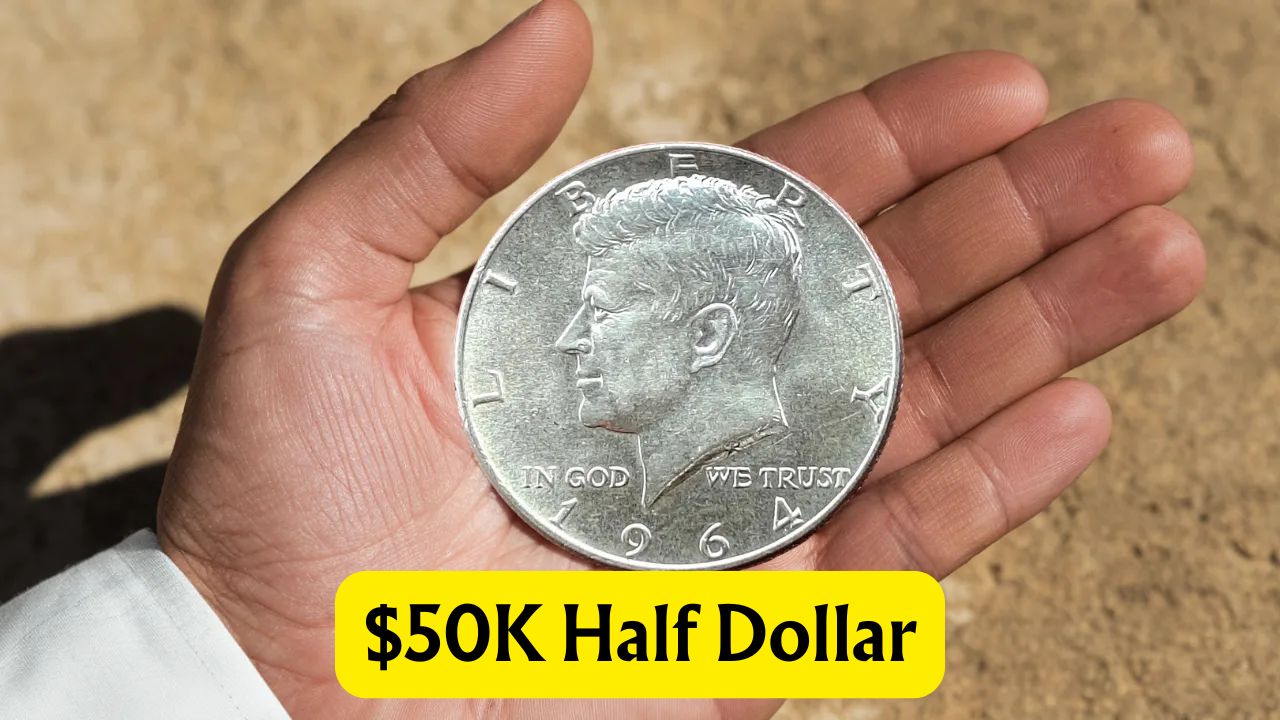$5 Star Note – In the world of currency collecting, certain rare notes stand out not just for their denomination, but for unique traits that make them valuable. One such example is the elusive $5 Star Note, a rare variation that could still be found in everyday transactions — and might just be worth up to $60,000 depending on its condition, rarity, and serial number. This article explores what makes these notes so special, how to identify one, and why collectors are paying a premium for them in 2025.
What Is a Star Note?
Star Notes are replacements for misprinted or damaged notes, issued by the U.S. Bureau of Engraving and Printing.
- When a normal note is damaged during production, a replacement is printed.
- Instead of duplicating the original serial number, these notes have a small star (*) at the end of the serial number.
- Star Notes are typically much rarer than regular notes.
- They exist in all denominations, but the $5 Star Notes from certain years are especially valuable.
Why Are Some $5 Star Notes Worth $60,000?
While not every $5 Star Note is valuable, certain rare varieties have fetched eye-watering sums at auctions and private sales.
Key Factors That Drive the Value:
 Tipped and Forgotten: How a Kennedy Coin Left at a Diner Is Now Making National Headlines!
Tipped and Forgotten: How a Kennedy Coin Left at a Diner Is Now Making National Headlines!
| Factor | Description |
|---|---|
| Year of Issue | Older star notes (especially pre-1970) are often more valuable |
| Serial Number Rarity | Notes with low serial numbers (e.g., 00000001*) are highly collectible |
| Printing Error | Misalignments or ink errors further increase value |
| Condition | Uncirculated or crisp notes fetch the highest prices |
| Run Size | Star notes from very small print runs (less than 640,000) are rarer |
| Federal Reserve Bank | Some districts issued fewer star notes, making them harder to find |
| Demand Among Collectors | More demand means higher market prices |
Rare $5 Star Note Examples That Sold for Huge Money
Some examples have gone viral in numismatic circles due to their unexpectedly high valuations.
Famous $5 Star Note Sales:
| Serial Number | Year | Condition | Sold Price |
|---|---|---|---|
| *00000001A | 1963 | Uncirculated | $35,000 |
| *00001234B | 1950 | Crisp | $27,000 |
| *99999999D | 1985 | Near Mint | $43,250 |
| *88888888G | 2003 | Uncirculated | $22,500 |
| *00000055C | 2013 | GEM 65 | $18,900 |
| *00000001F | 2006 | GEM 68 | $60,000 |
| *00012345H | 1995 | VF | $12,100 |
How to Identify a $5 Star Note in Your Wallet
You don’t need to be a collector to spot one — just flip open your wallet and look for a simple star.
What to Look For:
- Check the Serial Number: Star Notes will have a star () at the end of the serial number (e.g., ML12345678).
- Inspect the Note’s Age: Look at the year printed. Older Star Notes tend to be more valuable.
- Note the Condition: Creased, torn, or heavily used bills are less valuable.
- Google the Series & District: Some combinations are rarer than others (e.g., 2003 Chicago).
Tips to Increase the Value of Your $5 Star Note
Once you’ve found a Star Note, there are several things you can do to preserve or boost its worth.
Important Tips:
- Store the note in a currency sleeve to prevent damage.
- Avoid folding or creasing the bill — keep it flat.
- Get it graded by a professional service like PCGS or PMG.
- Track the serial number ranges published online for rare runs.
- Consult a local coin & currency dealer for a valuation.
- Check auction sites (e.g., eBay, Heritage Auctions) for similar items.
Where to Sell a Rare $5 Star Note in 2025
If you’re lucky enough to find one of these treasures, there are several trusted platforms where collectors will pay top dollar.
Recommended Platforms:
- Heritage Auctions – Reputable for high-value rare currency sales.
- GreatCollections – Ideal for graded and authenticated notes.
- eBay – Quick exposure but be cautious of scammers.
- Local Coin Shows – Dealers may offer direct cash sales.
- Currency Forums – Trusted communities with direct buyers.
The idea that a $5 bill could be worth more than your monthly paycheck may sound unbelievable, but in the world of collectible currency, it’s a real possibility. With Star Notes still occasionally entering circulation, now might be the best time to start checking your change more carefully. Whether you’re a seasoned collector or just someone with a curious eye, your next grocery run might return more than just food — it could bring a $60,000 surprise in the form of a rare Star Note.
FAQs of $5 Star Note
Q1. What does the star mean on a $5 bill?
A star at the end of the serial number means it’s a replacement note, printed to substitute for one that was damaged during production.
Q2. Are all Star Notes valuable?
No. Only rare Star Notes with specific serials, print runs, or errors are worth large sums. Most are worth just slightly more than face value.
Q3. Where can I get my Star Note appraised?
You can visit a local coin dealer, attend a currency show, or use grading services like PCGS or PMG for official appraisals.
Q4. How rare is it to find a $5 Star Note in circulation?
It’s uncommon but not impossible. You might find one in bank withdrawals or cash transactions.
Q5. Can I sell a Star Note on eBay?
Yes, but ensure your listing is detailed, and be aware of the risk of scams. Graded notes sell for higher prices on trusted platforms.
